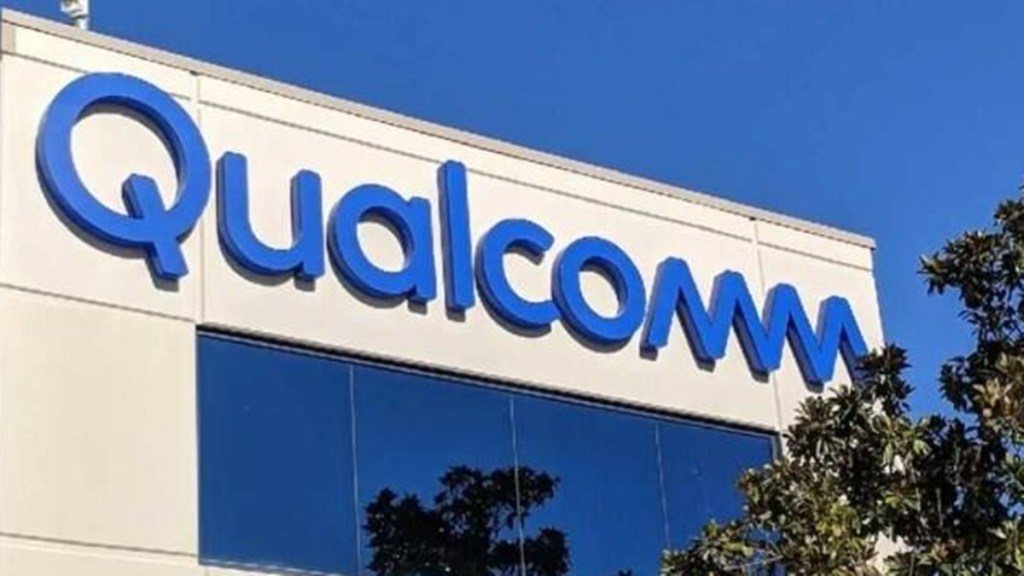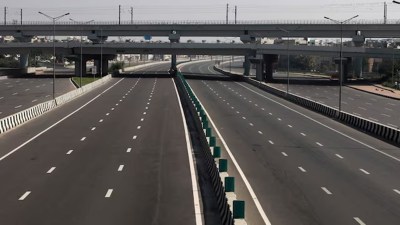At a time when the government is looking to recommend the integration of V2X (vehicle-to-everything) connectivity technology in cars to reduce risk of accidents, San Diego-based Qualcomm Technologies has started tapping major automakers in the country to pitch its V2X communication chipset solutions. In his first media interaction two months after taking charge as Qualcomm India president, Savi Soin tells Jatin Grover about the market opportunity for connected technology both in two-wheelers and four-wheelers, growth in AirFiber, the company’s expansion plans in India, and his key focus areas. Excerpts:
How Qualcomm sees the connected vehicles opportunity in India?
We are pushing automakers to deploy connected vehicle solutions as it is a key ask for them to leapfrog in terms of innovation. For road safety, easy navigation, real-time road infrastructure, among other things, V2X is an apt solution. We are excited about the two-wheelers market in India given the need to connect them for maintenance, safety reasons with solutions such as within-helmet navigation options etc. For a base four-wheeler or two-wheeler model, atleast 5G connectivity needs to be enabled.
What is the response of automakers on the V2X technology in India?
Connected vehicles solutions are yet to see a significant take up from the automakers in India. Many players have shown interest in Qualcomm’s digital cockpit solutions. What we are telling them is how China has taken the lead in bringing the right compute and connectivity in cars. In China, cars have become almost like phones. It is no-longer like a seven-year cycle and a seven-year support and we see it only takes two years to come up with the next model of cars with upgraded innovations.
In India, the push to drive the connected vehicle technology should not only come from the government but automakers will have to understand the right potential of the technology and how it can help them upgrade faster.
It’s been two months since you took over. What are the key areas you will be focusing on?
My focus area is obviously going to be continuing what we have been doing. We need to drive 5G adoption right from phones to the automotive sector. Enterprise is the other untouched area, where we are partnering with companies like Wipro and TCS to drive digital transformation with private 5G solutions. The focus is how do we drive 5G beyond just these consumer smartphones to enterprises and also leverage Wi-Fi.
Recently, telcos launched wireless 5G. What kind of order inflows are you seeing from telcos?
The deployment has just started. I won’t be able to talk about the order size. I think we will be able to share more colour on the penetration in the next three to four months. We are working with both Airtel and Jio.
Do you think higher pricing of AirFiber will limit its take up?
Besides being price sensitive, India is also a value driven market and we believe that people will be ready to pay the premium if they see value in the AirFiber solutions. Our goal is also to find out more use cases with AirFiber.
How do you see Qualcomm contributing to India’s semiconductor ecosystem?
I see probably two or three areas. First, similar to what we have done in China and Brazil, is the partnership and joint venture model for driving the chip industry, providing technology know-how and bringing up the local ecosystem of fabless semiconductor companies. Second is helping the smaller fabless companies. Third is the deep technical insights on how to get the chips manufactured. We are going to be a very important player as India progresses in its journey in semiconductor fabrication, testing, etc.
What kind of expansion plans are you looking in India?
India is a huge research and development centre for Qualcomm. We are looking to add more talent because there’s so much opportunity especially in India now with artificial intelligence requirements and AirFiber.








